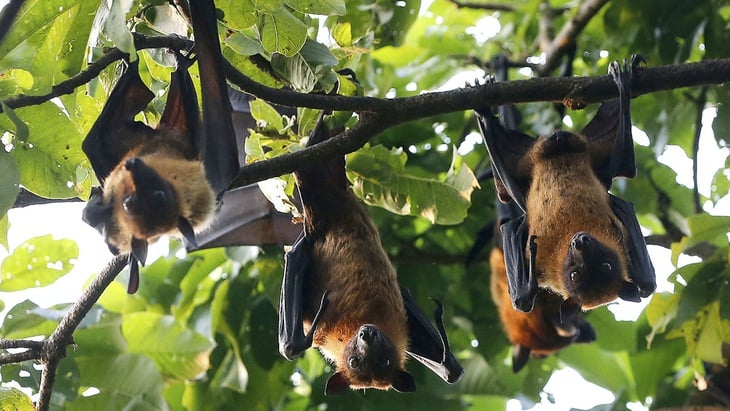
Bats can hang upside down easily thanks to the evolution of muscles, tendons and claws - Photo: REUTERS
Sleeping upside down helps bats easily avoid predators.
Bats hang upside down using muscles, tendons and claws
This strange behavior may be the result of bats evolving to fly, according to Tara Hohoff, a bat biologist and coordinator of the Illinois Bat Conservation Program. "When bats evolved from ground-dwelling mammals to flying ones, they started by gliding like flying squirrels," Hohoff said.
The ancestors of modern bats likely climbed tall trees and dropped down to glide between trunks. That may have helped them develop powerful climbing limbs, says Alexander Lewis, a bat researcher at California Polytechnic State University, Humboldt. Over time, their powerful arms evolved into wings.
Because bats don't have hollow bones like birds, they don't have the same ability to lift their bodies while flying as well as birds do. So bats still have to "hang upside down in order to drop down and start flying," Hohoff explains.
Most humans would find it very difficult to hang from a cliff or other surface, whether upside down or facing down. Bats, however, can hang upside down much more easily thanks to the evolution of muscles, tendons and claws.
“When bats find a roost, they contract the muscles attached to their claws and open them,” says Daniel Pavuk, a zoologist and chair of the biology department at Bowling Green State University in Ohio. “When the claws touch the surface, the bat relaxes its body. The weight of its body stretches the tendons attached to the claws.”
As a result, bats' claws grip the surface tightly to perch. "The joints in the claws lock together, and their body weight helps them hold on," Pavuk explains. In other words, bats don't have to expend much energy hanging upside down. Their bodies relax, and gravity does the rest.
Help bats avoid enemies
Unlike humans, bats can hang upside down for long periods of time. While this position can cause blood to pool in a person's head, causing health problems, bats' compact size makes it easier for their hearts to pump blood throughout their bodies, according to the Iowa Department of Natural Resources.
Once hanging became a preferred way to rest, the lifestyle spurred the evolution of several other traits. “Bats’ skeletons evolved to be lighter to support flight,” Pavuk says. As a result, “their leg bones cannot support their body weight for long periods of time.” Hanging upside down frees bats from using their fragile legs to support their bodies.
Perching upside down also helps bats avoid some predators, Pavuk says. Clinging to hard-to-reach places, like cave ceilings, can help them avoid predators like owls, hawks, and snakes. Bats can still take off from the ground, but “it’s much harder than initiating flight from an upside-down position,” Pavuk explains.
Not all bats sleep upside down, however. For example, the disc-winged bat of Central and South America has special suckers on its thumb that allow it to cling to the underside of leaves at various angles.
Further research into the evolution of flight and the upside-down behavior of bats would be interesting, as they are the only mammals known to fly. “Some species seem to have an easier time taking off from the ground, so studying the morphological differences will help us understand them better,” Hohoff said.
Source: https://tuoitre.vn/ly-do-doi-trèo-nguoc-khi-ngu-20250203080956299.htm






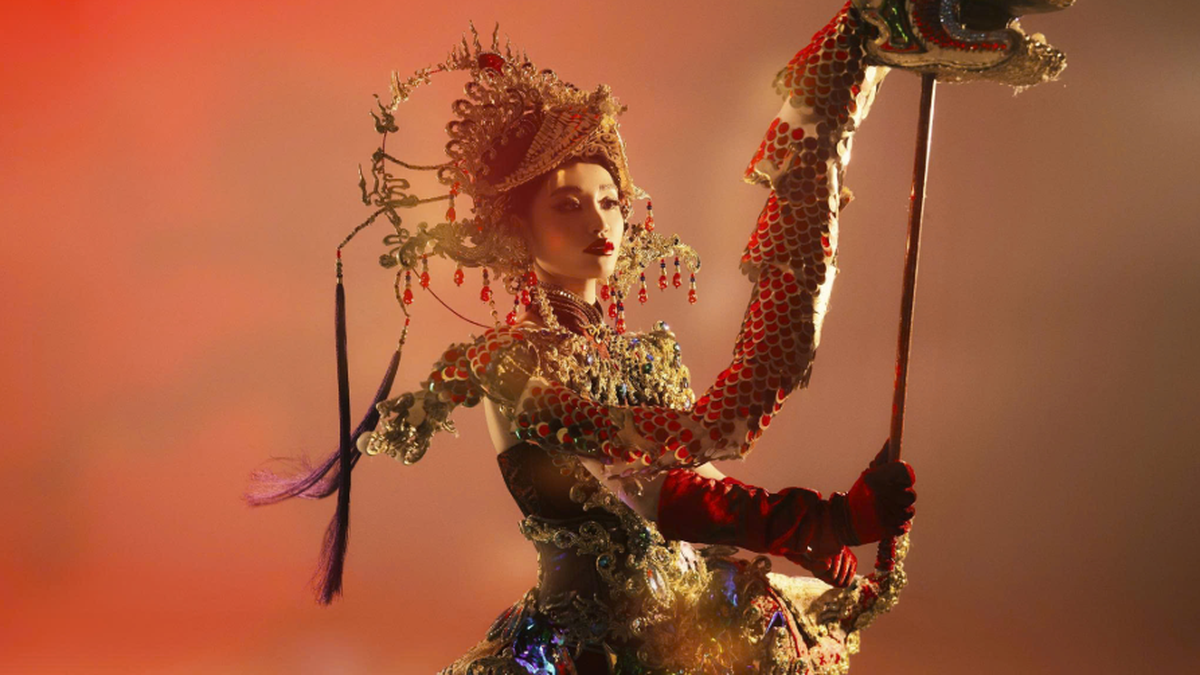



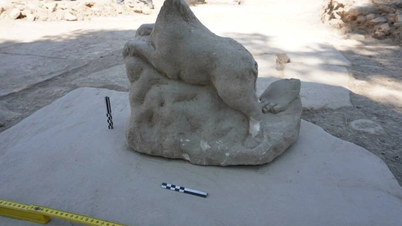





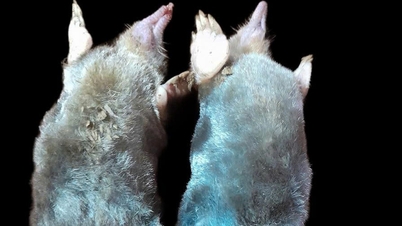





















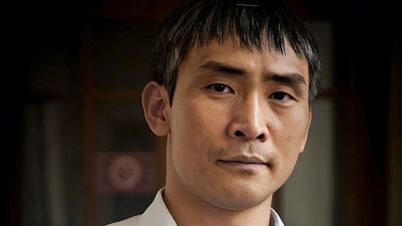
































































Comment (0)